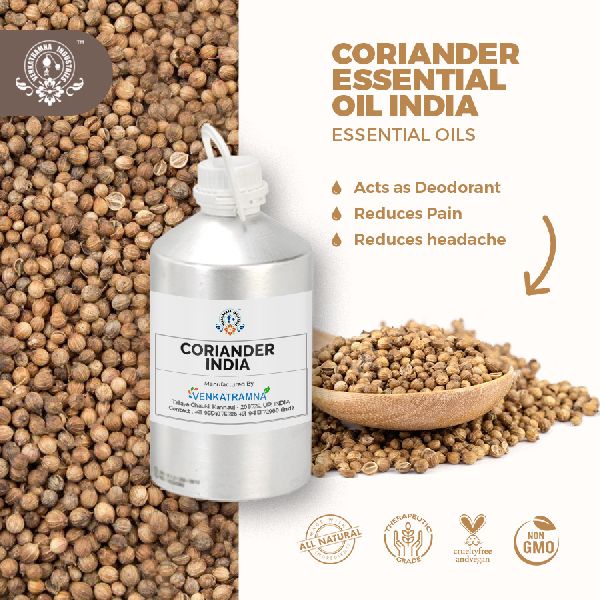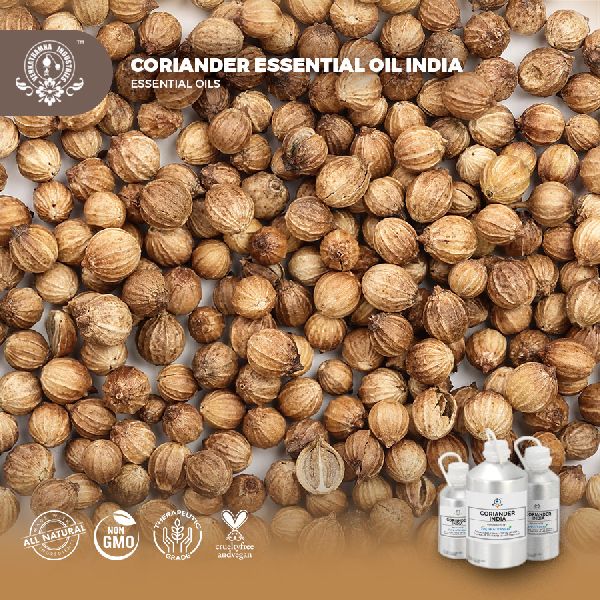Company Information
Ask for more detail from the seller
Contact SupplierCoriander (Coriandrum sativum L.) is a plant from the family of Apiaceae. Seeds and the herb of coriander, both of which are used as spice or a medicinal plant. It contains flavoring compounds such as linalool, geraniol, pinen, limonene, geranylacetat, terpinen, and borneol. It is broadly cultivated in various environments around the globe. In general, coriander falls into two major categories based on fruit size. This ultimately determines its oil content and use.
India is the biggest producer, consumer and exporter of coriander in the world with an annual production of around three lakh tonnes. It is an annual, herbaceous plant which originated from the Mediterranean and Middle Eastern regions and known as medicinal plants. It contains an essential oil (0.03 to 2.6%) (Nadeem et al., 2013). All parts of this herb are in use as flavoring agent and/or as traditional remedies for the treatment of different disorders in the folk medicine systems of different civilizations (Sahib et al., 2012). Coriander closely resembles flat leaf parsley. This resemblance makes many people confused between the two however, coriander has strong fragrance and parsley has mild fragrance. It grows best in dry climates however it can grow in any type of soil like light, well drained, moist, loamy soil, and light to heavy black soil (Verma et al., 2011). Its seeds are almost ovate, globular and have a mild, sweet, slight pungent like citrus flavor with a hint of sage. The most important constituents of its seeds are the essential oil and fatty oil




